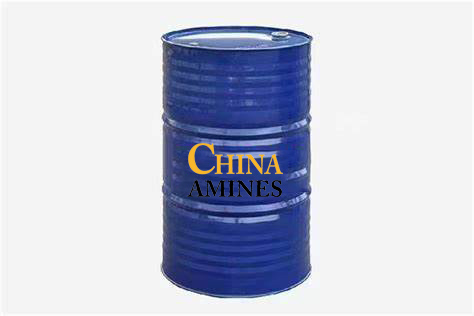1. Chemical Structure and Properties
Molecular Formula: C₂H₆O₂
Structural Formula:
HOCH₂CH₂OH
A diol (two hydroxyl groups) with a simple two-carbon chain.
Physical Properties:
Appearance: Clear, colorless, syrupy liquid with a sweet taste (highly toxic).
Boiling Point: 197.3°C; Density: 1.113 g/cm³; Vapor Pressure: 0.06 mmHg at 25°C.
Solubility: Fully miscible with water, alcohols, and acetone; hygroscopic.
Chemical Properties:
Reactivity:
Oxidizes to glycolic acid, oxalic acid, and carbon dioxide.
Forms esters (e.g., ethylene glycol diacetate) and ethers (e.g., polyethylene glycol).
Freezing Point Depression: Lowers water’s freezing point to -50°C at 60% concentration.
2. Industrial Applications
Antifreeze & Coolants:
Automotive: Primary component (50–60%) in engine coolants for freeze/boil protection.
Polymer Production:
Polyethylene Terephthalate (PET): Raw material for polyester fibers, bottles, and packaging.
Hydraulic Fluids:
Aircraft: Used in de-icing systems and hydraulic fluids due to low volatility.
Chemical Intermediates:
Plasticizers: Produces glyoxal and ethylene oxide for resins and solvents.
Emerging Uses:
Battery Electrolytes: Investigated for use in flow batteries and lithium-ion systems.
3. Safety and Toxicology
Health Hazards:
Acute Exposure:
Ingestion: Extremely toxic (oral LD₅₀ human: 1.4 g/kg); causes metabolic acidosis, kidney failure, and CNS depression.
Inhalation: Irritates respiratory tract (TLV-TWA: 10 ppm).
Chronic Effects:
Carcinogenicity: Not classified (IARC Group 3), but metabolites (oxalic acid) can crystallize in kidneys.
Antidote:
Ethanol or Fomepizole: Inhibits alcohol dehydrogenase to prevent toxic metabolite formation.
Protection Measures:
PPE: Nitrile gloves, goggles, and respiratory protection in poorly ventilated areas.
4. Environmental and Regulatory Compliance
Environmental Impact:
Biodegradability: Readily biodegradable (OECD 301F: >90% in 28 days).
Aquatic Toxicity: LC₅₀ (fish, 96h): >10,000 mg/L; low bioaccumulation (log Kow: -1.36).
Groundwater Risk: High mobility in soil but degrades rapidly.
Regulatory Frameworks:
EU:
CLP: Classified as Acute Tox. 3 (H331), Repr. 1B (H360D).
REACH: Restricted in consumer products above 0.1% (Annex XVII).
USA:
EPA: Regulated under Clean Water Act; CERCLA Reportable Quantity: 5,000 lbs.
China:
GB 8978-1996: Effluent limit: 5 mg/L for industrial discharge.
Waste Management:
Incinerate or treat via biodegradation; landfill disposal discouraged.
5. Case Studies and Application Insights
Case 1: Automotive Antifreeze Recycling (GM, 2022):
Challenge: Reduce ethylene glycol waste in coolant systems.
Solution: Implemented closed-loop recycling at assembly plants, distilling and reusing spent coolant.
Result: Cut waste by 80% and saved $1.2M annually in raw material costs.
Case 2: Bio-Based Ethylene Glycol (Braskem, 2023):
Innovation: Produced ethylene glycol from sugarcane-derived ethylene oxide.
Impact: Reduced carbon footprint by 60% vs. petroleum-based routes; used in "green" PET bottles.
Comparative Analysis:
Ethylene Glycol vs. Propylene Glycol:
Pros: Superior freeze protection and lower cost.
Cons: Higher toxicity; propylene glycol is safer for food/pharma use.
Specifications:
Ethylene Glycol is a colorless, odorless liquid with high solvency and antifreeze properties, commonly used in the production of plastics, antifreeze, and industrial fluids, available in bulk from China Amines Co.


